El Seguro Hipotecario Privado (PMI) puede ser una herramienta útil para quienes compran vivienda sin un enganche 20%, pero no tiene por qué ser un gasto permanente. Si está listo para reducir sus gastos hipotecarios mensuales, esto es lo que necesita saber para deshacerse del PMI.
¿Qué es PMI?
El PMI es un tipo de seguro que protege a su prestamista en caso de impago de su préstamo. Generalmente se requiere cuando su pago inicial es inferior al 20% del precio de compra de la vivienda. Si bien beneficia al prestamista, el costo se le transfiere a usted, generalmente en forma de una prima mensual que se añade a su pago hipotecario.
¿Cuándo puedes eliminar el PMI?
Hay algunas maneras de eliminar el PMI y el enfoque correcto depende del tipo de préstamo y de su situación financiera actual.
1. Alcance un valor de 20% en su vivienda
Según la Ley de Protección de Propietarios de Vivienda, puede solicitar la cancelación del PMI una vez que el saldo de su préstamo alcance el 80% del valor original de su vivienda. Esta es la forma más común de eliminar el PMI.
✅ Qué hacer:
- Realice un seguimiento del saldo de su préstamo y del valor de su vivienda.
- Una vez que haya pagado lo suficiente, comuníquese con su prestamista para solicitar la cancelación del PMI.
- Es posible que necesite obtener una tasación de la vivienda (a su cargo) para verificar el valor.
2. Terminación automática en 78% LTV
Incluso si no lo solicita, su prestamista está legalmente obligado a cancelar automáticamente el PMI una vez que su relación préstamo-valor (LTV) alcance 78%, con base en el precio de compra original, siempre que esté al día con sus pagos. Asegúrese de realizar sus pagos puntualmente para que pueda optar a la cancelación automática en cuanto sea elegible.
3. Aumento del valor de la vivienda / Nueva tasación
Si su propiedad se ha revalorizado significativamente (debido al crecimiento del mercado o a mejoras en el hogar), es posible que pueda eliminar el PMI antes de lo esperado.
📋 Pasos a seguir:
- Comuníquese con su prestamista para preguntar sobre la cancelación del PMI en función del valor actual de la vivienda.
- Programe una tasación profesional para demostrar que el valor de su casa ha aumentado.
- Si su nuevo LTV es 80% o inferior, es posible que se elimine el PMI.
4. Refinancia tu hipoteca
Refinanciar con un nuevo préstamo puede eliminar el PMI si su nuevo LTV es de 80% o menos. Esta opción también puede ayudarle a obtener una mejor tasa de interés, dependiendo de las condiciones del mercado.
💡Ten en cuenta:
- La refinanciación conlleva costos de cierre.
- Necesitará calificar en función de sus ingresos, crédito y capital.
5. Préstamos FHA y MIP
Si tiene un préstamo FHA, está pagando un tipo de seguro diferente llamado Prima de Seguro Hipotecario (MIP). Para eliminarlo, generalmente es necesario refinanciarlo con un préstamo convencional, a menos que pague un depósito inicial de 10% o superior y cumpla con los requisitos de antigüedad del préstamo.
Eliminar el PMI es una decisión financiera inteligente que puede liberar dinero cada mes y ayudarle a generar patrimonio a largo plazo. Ya sea que esté cerca de alcanzar el capital de 20%, vea un aumento en el valor de su vivienda o esté considerando refinanciar, estamos aquí para ayudarle a explorar sus opciones.
¿Tienes preguntas? Contacta con nuestro equipo hoy mismo. Te guiaremos para que elimines el PMI y ahorres más cada mes.
Por: jon iacono
